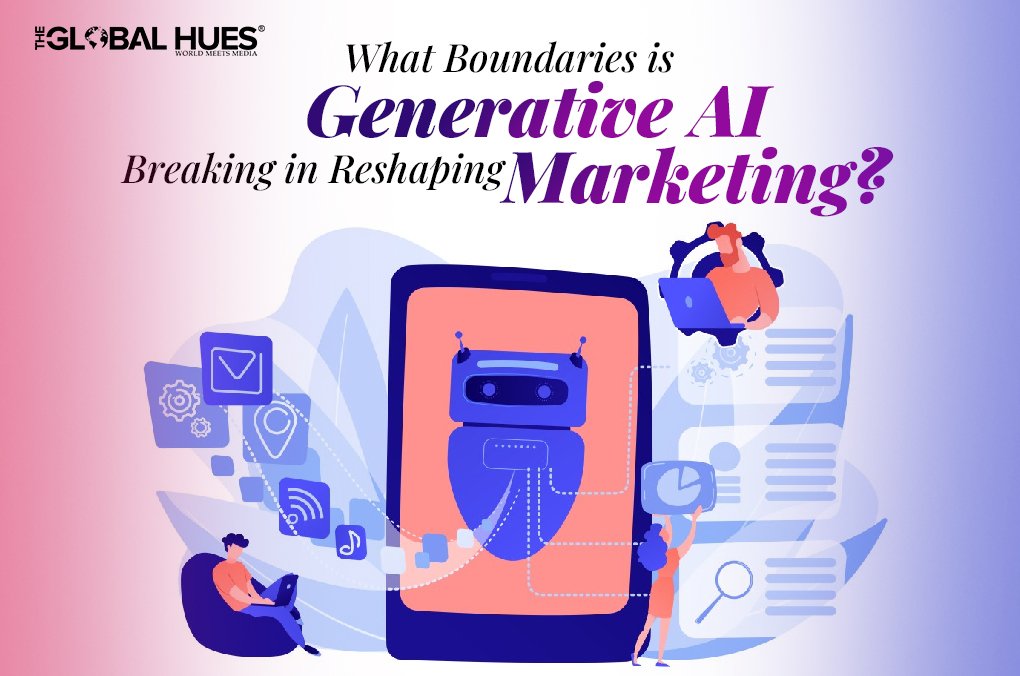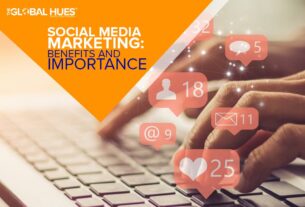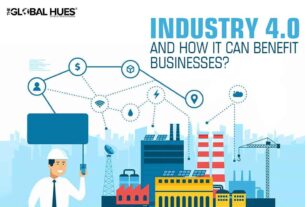In today’s fast-paced business world, the race to capture attention has never been more critical. Entrepreneurs and business leaders are constantly striving to captivate their audience and their dwindling attention span. The only way to get their attention is to have an effective marketing strategy that ensures continued business success. Reels showcasing the products in vivid colours, and compelling text descriptions that ignite curiosity and desire are not just marketing elements, they hook in the audience and keep them engaged. Generative AI, an artificial technology that produces different types of content, including text, imagery, audio, and synthetic data, is reshaping the marketing landscape.
Businesses are leveraging this innovative technology to stay ahead in an ever-changing market. But how does AI help in marketing?
Evolving From Traditional Marketing To AI-Driven Content
Traditional Marketing, as we all know, is a promotional strategy that uses offline materials– radio, television commercials, billboards, and direct mail campaigns. Before the advent of AI, people used to rely on manual processes for content creation, from brainstorming ideas to executing designs and writing copies. However, Generative AI has brought with itself a new age that helps automate the creation process and gives the marketing team several scenarios while focusing on strategy and storytelling.
| Traditional Marketing | AI-Driven Marketing |
| Wide Audience Segments | Individualised Experiences |
| Manual and time-consuming | Automated and real-time optimisation |
| Restricted Analytical Insights | Data-Driven Decision Making |
| Generic & standardised Messaging | Personalised Recommendations |
| Moderate Results & Outcomes | Significant expansion and success |
Crafting Visual Content
Why do companies invest in making engaging visual content? They do so as it helps capture the audience’s attention. For instance, brands leverage platforms like Instagram to present visually appealing content in the form of infographics, reels (short videos) and more to draw in customers.
Modern-day marketers use AI tools to create high-quality product images, logos, graphics and other engaging visuals, that not only boost sales but also enhance customer experience and strengthen brand recognition. Utilizing generative AI to create visually stunning advertisements and social media posts increases click-through rates, driving increased website traffic and potential customers.
Using Chatbots For Customer Service
Whenever you visit a website, do you see a pop-up that says ‘Hi! Welcome To XXX. How Can I Help You?’ Yes, Right?
Chatbots are an engaging tool for customer service and support. With the help of these chatbots, businesses can now address customer’s inquiries and provide solutions to their problems. Additionally, generative AI can provide 24/7 quick response to queries and issues and multilingual support.
Here are some examples of Chatbots that leverage generative AI:
-
HDFC’s ‘EVA’

Provides 24/7 banking support to you and enables you to check your account balance, transfer funds, pay bills and get personalised financial information through chat with the chatbot.
-
ICICI Bank’s ‘iPal’
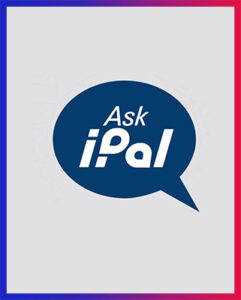
Offers 24/7 assistance, answers banking-related queries and helps in basic transactions.
-
H&M’s Kik Chatbot

Provides fashion advice and recommendations to users.
-
Uber’s Chatbot
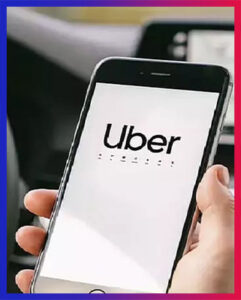
Facilitates ride bookings through WhatsApp, which makes commuting easy and hassle-free.
-
Domino’s Dom

Allows you to order food conveniently through Facebook Messenger with just a few clicks.
Personalising Recommendations
If you watch a particular video on YouTube, scroll through a reel or video on Instagram, or search for something online, subsequent searches often yield recommendations matching your preferences. Research indicates that 81% of business leaders adopted Generative AI & personalisation to create a specific client experience using personalised emails, targeted advertisements, and customised product recommendations.
Apps like Amazon Music or Spotify always present recommendations for you by analysing your music habits, including genres, artists, and even specific songs you want to listen to on repeat. Furthermore, Netflix’s ‘Because You Watched’ section recommends familiar shows to you based on the type of content you have watched, paused or rewind frequently.
Content Optimisation & Enhanced Brand Credibility
Optimising the content, especially the written content is essential for any business to succeed. Well-optimised content contains keywords, engaging and catchy titles, meta descriptions, and backlinks. With AI tools like ChatGPT and Gemini, it has become easier for marketers to create perfectly optimised content.
Imagine yourself browsing online and stumbling upon a book you’re interested in purchasing. You eagerly read the overview to gain some insights into the content, but you find yourself puzzled by its unclear language and fragmented information. Would you still purchase the book? Most probably not. As a customer of a particular brand, you rely on product descriptions to make informed decisions. If they are filled with repetitive phrases, it dissuades you from purchasing the product or opting for the company’s services. So, it is essential to ensure clarity and coherence in product descriptions to entice customers and drive sales.
Companies utilise Generative AI to create product descriptions that are clear, concise, and devoid of repetitive phrases, which helps the customers understand the product better. This further leads to a boost in sales and enhanced brand credibility.
A/B Testing Automation

With the ever-changing market and client’s needs, marketing strategies evolve with time. Generative AI processes vast amounts of data and uncovers patterns and trends that humans might miss. Companies such as Amazon use AI and A/B testing to personalise or tailor your shopping experiences. It continuously uses different algorithms to ensure that your page is tailored to your preferences. Likewise, Netflix optimises its content recommendation using AI and A/B testing to provide a smooth user experience.
Generative AI helps companies create multiple product descriptions and headlines for A/B Testing. Through AI, companies analyse the existing data on consumer behaviour and preferences to generate variations, thereby saving significant time and effort. Generative AI creates personalised product images, testing video ads, ad targeting, and personalised email marketing.
Getting Real-Time Customer Feedback Analysis
Businesses use your feedback to improve their marketing strategies. With the help of AI tools marketers can quickly gather and study feedback from social media platforms, surveys, and reviews. Using the information, they can see new trends, understand how the customers feel, find useful information to tweak their products and ensure that their customers are happy with the services provided by the company.
The best example of this is Starbucks’s Predictive Analytics and machine learning tool called Deep Brew. It helps Starbucks personalise its communication, marketing strategies, and loyalty programs, and even keep a tab of the in-store inventory. Furthermore, the app suggests a drink based on location, the current weather, and other spending habits.
Another example is Netflix which uses AI and machine learning to suggest movies and programs to its viewers based on their watch history, ratings, preferred genre, and more.
In Conclusion
Integrating Generative AI into the company’s marketing strategies helps the brand create more visually captivating and optimised content based on its customers’ preferences and recommendations. Adopting this transformative technology can help companies stay ahead of their competition and meet the demands of the ever-evolving market in the years to come.
